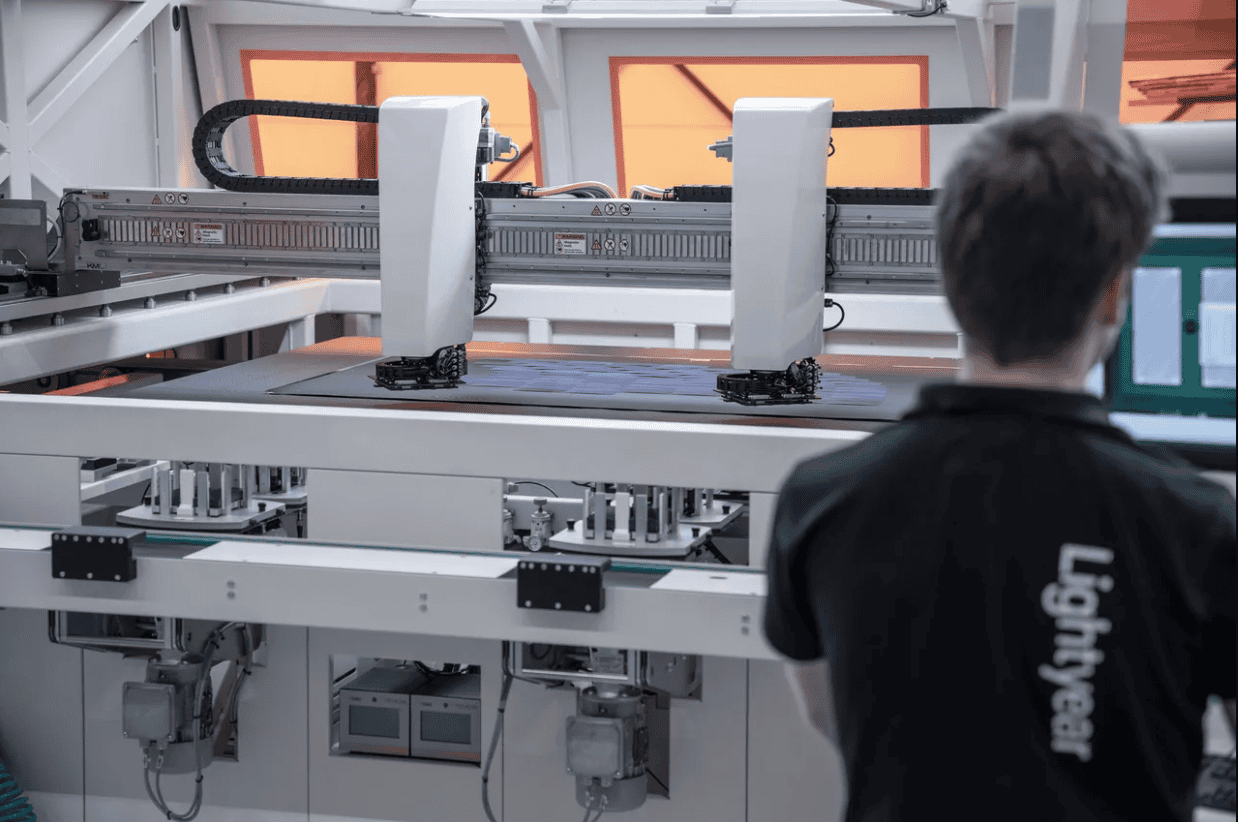
It was another interesting week for everyone involved in the development of mobility. Our national pride the Lightyear One was unveiled, our king opened a green hydrogen plant at Veendam and BMW has indicated that it will continue to produce diesel engines for at least another 30 years. Although I find the development of combustion engines very interesting and follow it closely, an internal combustion engine is in fact unsuitable as a drive unit for cars because it is a stationary engine. Variable valve timing, cylinder deactivation, hybrid technologies, variable compression ratio etc. do not change that principle.
Fuel Cell Taxi Fleet
Because almost the entire infrastructure is built around the combustion engine and fossil energy, BMW’s forecast for 2050 is very enthusiastic. Unless BMW means inaccessible areas in Africa, but that’s not an issue because that’s what Lightyear is going to solve.
Other interesting news from The Hague. Here comes the first Dutch ‘fuel cell taxi fleet’ with 35 Toyota Mirai. Fast refueling is the deciding factor here, so that the cars are available 24/7.
And so, history is repeated again. Schiphol opted for the electric Tesla battery and The Hague partly opted for hydrogen. In 1909, the municipality of Amsterdam opted for the electric taxi on the basis of cost per kilometre calculations, while The Hague opted for the petrol taxi. In 1908, the municipality of The Hague calculated that the company’s operating costs would be much lower than if electric vehicles were used.
Arm Wrestling-Contest
With these facts we come to an interesting conclusion. Today’s time is widely praised for all the information that is real-time and usually available for free to everyone. Although a lot of information is colored, reading between the lines is a fairly good way to determine what the reality is. That makes it all the stranger that there are such contradictions when it comes to all kinds of aspects of the various powertrains. Battery-electric and hydrogen are diametrically opposed to each other, while both want to combat global warming and reduce the geopolitical risks associated with the use of fossil fuels. Thus, they have a common interest. However, our debating culture is not about looking for similarities, but about winning an arm-wrestling contest on the basis of cleverly chosen arguments. And if you are a very good debater, you can do so even without the right arguments.
The Association of Electric Drivers (VER) has made a brave attempt to bring the parties together. Poldering thus. See livestream.
During the concluding meeting, the RAI Association, among others, argued in favour of counteracting polarisation. Or roughly translated: get out of the trenches and unite!
About this column:
In a weekly column, alternately written by Maarten Steinbuch, Mary Fiers, Carlo van de Weijer, Eveline van Zeeland, Lucien Engelen, Tessie Hartjes, Jan Wouters, Katleen Gabriels, Peter de Kock and Auke Hoekstra, Innovation Origins tries to figure out what the future will look like. These columnists, occasionally supplemented with guest bloggers, are all working on solutions to the problems of our time in their own way. So that Tomorrow will be better. Here are all the previous episodes.








